Feng Shui, as an ancient Chinese art of environmental and energy balance, involves adjusting the spatial layout of people’s living and working spaces to achieve harmony with nature, enhancing health, wealth, and overall well-being.
Among them, the Nine Star Flying Star School is a dynamic branch of Feng Shui that emphasizes the combination of time and space, predicting and adjusting the auspiciousness and inauspiciousness of the environment by analyzing the changes of nine stars in different times and directions.
Next, Yiknows will provide a detailed introduction to Feng Shui, explaining its applications and benefits, as well as the 2025 Nine Star Flying Stars and their influence on various palace positions in the home.
Origin and Basic Concepts of Feng Shui
Feng Shui originated from ancient China’s observation and understanding of the natural environment. Its core concept is the harmony between humans and nature, emphasizing the impact of the environment on human destiny. The applications of Feng Shui encompass aspects such as site selection for buildings, house layout, and cemetery placement, aiming to achieve the ideal state of harmony between heaven and man through optimizing environmental layouts.

Functions of Feng Shui
The main function of Feng Shui is to adjust the energy field in the environment to align with the energy of the residents, achieving the purpose of seeking auspiciousness and avoiding inauspiciousness. Specifically, the functions of Feng Shui include:
Enhancing health luck:
By rationally arranging the internal structure of the residence, such as the positions of the bedroom, kitchen, and bathroom, ensuring smooth airflow, and avoiding the accumulation of negative energy, thereby promoting the physical and mental health of the residents.

Promoting wealth:
In Feng Shui, specific directions are considered wealth positions. By placing appropriate items in these positions, such as plants, statues of the God of Wealth, ornaments, etc., one can enhance wealth luck and bring about financial accumulation.
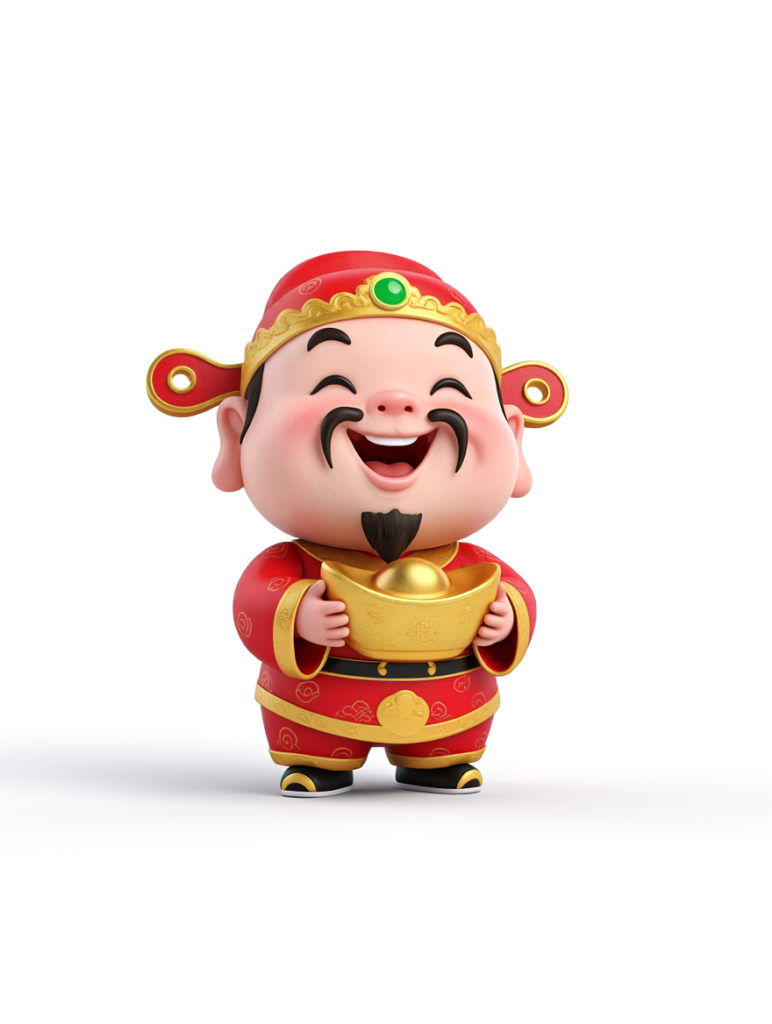
Enhancing interpersonal relationships:
Feng Shui emphasizes the impact of the environment on interpersonal relationships. By adjusting the layout of the residence or office, one can improve relationships, promote family harmony, and enhance team cooperation.

Enhancing career luck:
In office layouts, Feng Shui is used to determine the optimal position for the desk to enhance career prospects and promote professional development.

Applications of Feng Shui
Overall layout, harmonious unity: The functional areas inside the residence should be clearly defined, both independent and closely connected. The living room, as the center of family activities, should be spacious and bright, avoiding direct alignment with the main door or kitchen to prevent the formation of “through hall sha,” which can affect family luck. The bedroom should be quiet and private, with the bed positioned in accordance with the Earth’s magnetic direction to promote rest and health.
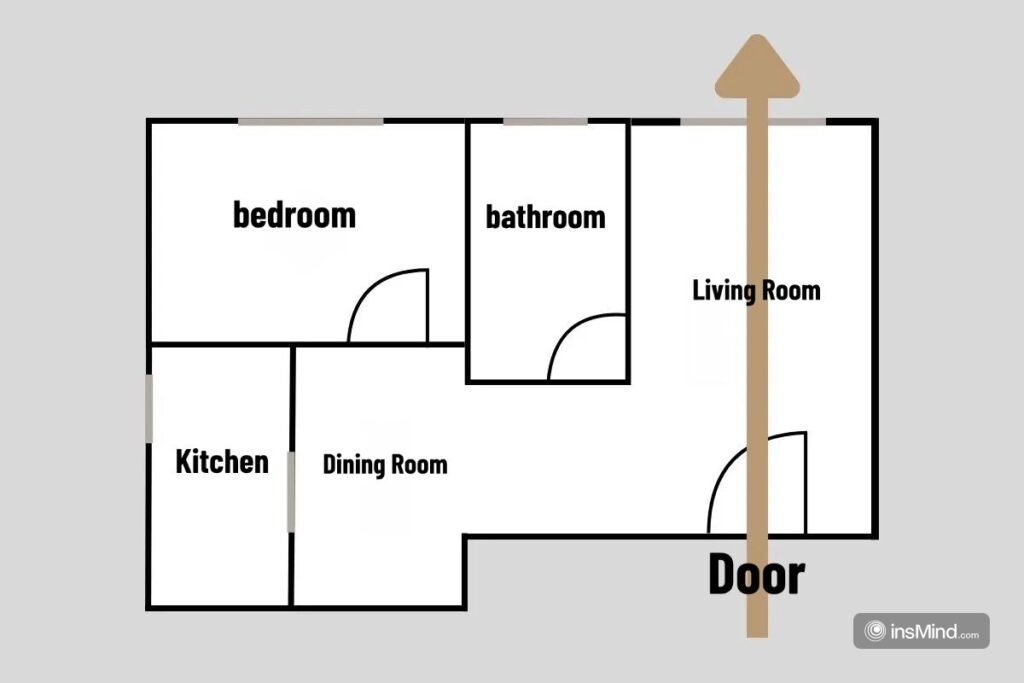
The Bright Hall is spacious, attracting qi and accumulating wealth
The Bright Hall, referring to the open space or courtyard in front of a residence, is an important area for absorbing auspicious energy from the surroundings. Feng Shui theory suggests that a spacious Bright Hall can gather wealth and good fortune; therefore, it should be kept clean and unobstructed, avoiding the piling of clutter or planting tall plants that block the view. There should be no large trees or utility poles in front of the door to prevent obstructing the flow of auspicious qi.
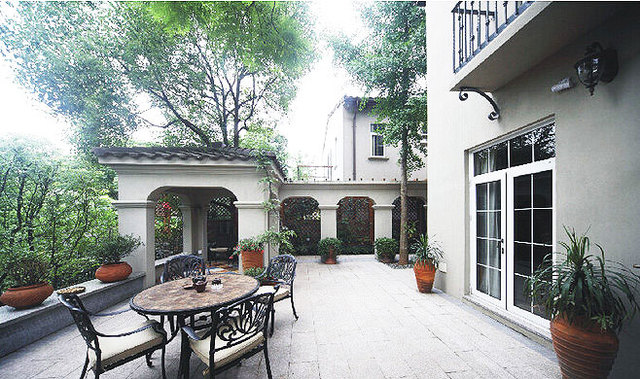
Proper orientation, in harmony with nature
The orientation of a residence is crucial in Yangzhai Feng Shui and should be determined based on geographical location, surrounding environment, and the homeowner’s personal elements. Houses facing south with a northward back offer good lighting, warmth in winter, and coolness in summer, making them an ideal choice. It’s also important to avoid unfavorable terrains like wind gaps or mountain ridges to ensure comfort and safety.
Door and window placement, ensuring ventilation and lighting
Doors and windows are the respiratory openings of a residence, and their placement directly affects indoor ventilation and lighting. In Feng Shui, doors and windows should be symmetrical and balanced, with appropriate sizes to facilitate air circulation, removing dampness and stale air. There should not be too many or too large windows to prevent wealth from dissipating; doors should not face each other directly to avoid direct airflow that could negatively impact the household’s fortune.
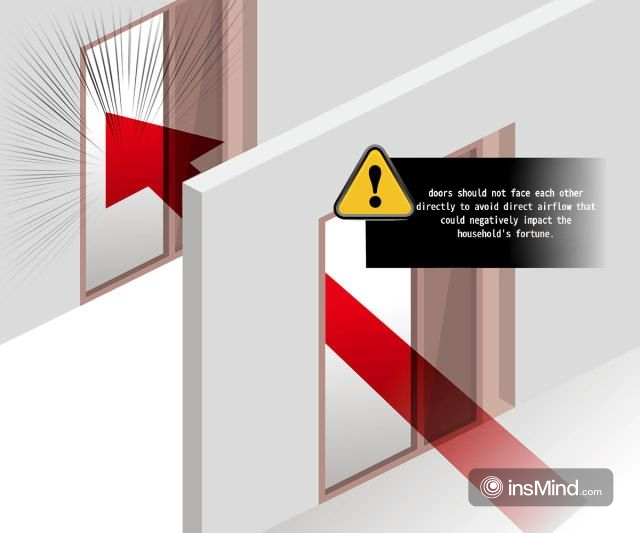
Color coordination, creating a warm and harmonious atmosphere
Color plays an important role in Feng Shui. The interior color scheme of a residence should be warm and harmonious, avoiding overly bright or oppressive colors. Based on the principles of the Five Elements, rooms in different directions can use specific colors to enhance fortune; for example, east represents wood, so green tones are suitable; south represents fire, so red tones are appropriate.
Furniture arrangement, paying attention to details
The arrangement of furniture is also an important aspect of Yangzhai Feng Shui. Large pieces like sofas and beds should have a solid wall behind them, symbolizing support and stability. Furniture placement should avoid blocking pathways, maintaining spatial flow. The placement of decorative items like fish tanks and plants requires careful selection based on the homeowner’s personal elements and preferences.

Benefits of Feng Shui
- Enhancing quality of life: A good Feng Shui layout can create a comfortable living environment, improving the quality of life.
- Promoting career development: Adjusting the Feng Shui layout of the office environment can help improve work efficiency and promote smooth career progression.
- Enhancing interpersonal relationships: Feng Shui arrangements can influence emotional and social fortunes, fostering harmonious relationships.
- Improving health: Optimizing the environmental energy field through Feng Shui can help enhance the physical and mental health of residents.
The Operational Principles of the Nine Palaces Flying Star Feng Shui School
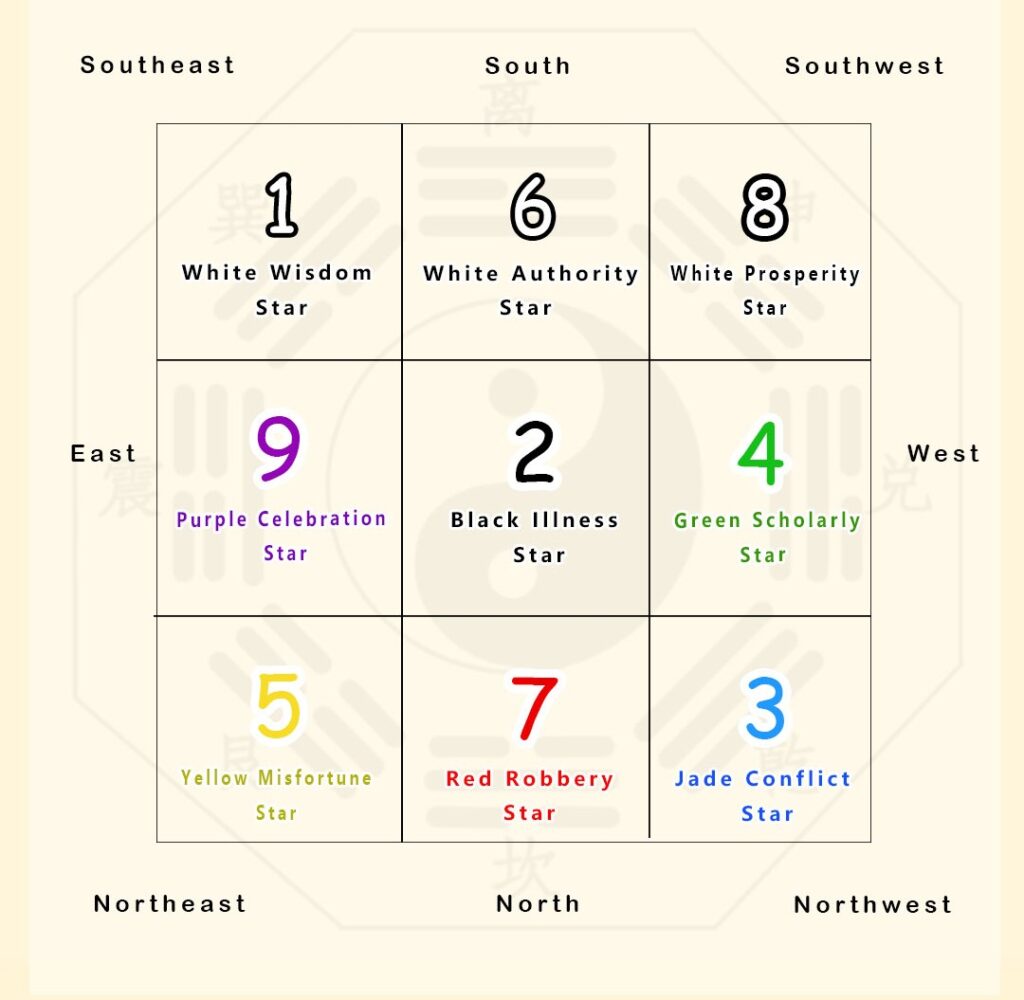
The Nine Palaces Flying Star, also known as Xuan Kong Flying Star, is an important branch of Feng Shui. Its theoretical foundation originates from the “Luo Shu” (Book of Changes). Based on the Luo Shu Nine Palaces diagram and the mathematical principles of the River Map, combined with the changes over time, this ancient numerical diagram consists of the arrangement of numbers from 1 to 9. These numbers are distributed in a three-by-three grid, forming the Nine Palaces Grid, with each number corresponding to a specific direction and attribute.
By analyzing the trajectories of the nine flying stars (namely, One White, Two Black, Three Green, Four Green, Five Yellow, Six White, Seven Red, Eight White, and Nine Purple), one can assess the auspiciousness or inauspiciousness of an environment. The core of the Nine Palaces Flying Star theory lies in the “Flying Star” concept, where these stars exhibit different auspicious or inauspicious characteristics based on their time and spatial positions. This dynamic change is believed to influence the energy layout of the environment, thereby affecting the fortune of the occupants. Therefore, the Nine Palaces Flying Star school of Feng Shui emphasizes the importance of temporal factors in Feng Shui arrangements.
The uniqueness of the Nine Palaces Flying Star lies in its dynamic nature. According to different time cycles, the nine stars move in a specific sequence within the Nine Palaces Grid, known as “Flying Stars.” This movement is believed to alter the energy layout of the environment, thus impacting the fortunes of the residents.
Detailed Explanation of the Nine Stars
One White Star (Wisdom Star):
The One White Star, also known as Wisdom Star, represents water and is of Yin nature. It is considered an auspicious star with the following effects:
- Wisdom and Academics: Helps enhance learning abilities and exam prospects, benefiting students in achieving good results.
- Career Development: Enhances workplace performance.
- Wealth Accumulation: Assists in acquiring wealth through intelligence and creativity.
Two Black Star (Illness Star):
The Two Black Star, also known as Illness Star, represents earth and is of Yin nature. It is considered an inauspicious star with significant harmful effects, such as:
- Health Issues: May cause digestive system diseases or other earth-related health problems. Residents in this sector should pay special attention to personal safety, avoiding accidents like car crashes.
- Career Obstacles: May encounter bottlenecks or difficulties in career development.
Third Green Star (Conflict Star)
The Third Green Star, also known as the Conflict Star, represents wood and is yang in nature. It is considered an auspicious star with the following influences:
- Career Success: Favorable for professional development, especially in fields like law and education.
- Wealth Increase: Enhances financial luck, suitable for roles related to wealth management.
However, it is important to be cautious of potential legal disputes.
Fourth Green Star (Scholarly Star)
The Fourth Green Star, also known as the Scholarly Star, represents wood and is yang in nature. It is considered an auspicious star with the following influences:
- Academics and Creativity: Enhances learning abilities and creativity, beneficial for careers in arts, design, etc.
- Reputation and Status: Aids in improving social reputation and professional standing.
Fifth Yellow Star (Misfortune Star)
The Fifth Yellow Star, also known as the Misfortune Star, represents earth and is yin in nature. It is considered an inauspicious star, though it has some benefits:
Power and Status: Assists in attaining high positions and authority, suitable for managerial roles.
However, it poses significant risks, such as:
- Health Risks: May lead to severe health issues, including major illnesses.
- Disasters and Financial Loss: Could bring about unexpected disasters or substantial financial losses.
Six White Star (Authority Star)
The Six White Star, also known as the Authority Star, represents metal and is yang in nature. It is considered an auspicious star with the following influences:
- Leadership: Enhances leadership and decision-making abilities, suitable for managerial and decision-making roles.
- Wealth Growth: Facilitates acquiring wealth through legitimate means.
Seventh Red Star (Robbery Star)
The Seventh Red Star, also known as the Robbery Star, represents metal and is yin in nature. It is considered an inauspicious star with significant hazards, such as:
- Verbal Disputes: May lead to arguments or legal issues.
- Accidental Injuries: Requires caution to prevent accidents.
The Eight White Star (Prosperity Star)
The Eight White Star, also known as the Prosperity Star, belongs to the Earth element. Its nature is gentle yet strong-willed, characterized by empathy and compliance. This is a benefic star, serving the following purposes:
- Wealth and Property Acquisition: Known as the “Great Wealth Star,” it facilitates successful property transactions and wealth accumulation.
- Career Development: Aids in career advancement and expansion, especially in real estate and financial sectors.
The Nine Purple Star (Celebration Star)
The Nine Purple Star, also known as the Celebration Star, belongs to the Fire element. Its nature is passionate and exuberant, characterized by vitality and creativity. This is a benefic star, serving the following purposes:
- Interpersonal Relationships: Aids in establishing a broad network of contacts and promoting social activities.
- Career Expansion: Suitable for professions requiring innovation and expression, such as arts and media.
Solutions and precautions
Based on the 2025 Nine Palaces Flying Star chart shown above and the analyzed flying stars mentioned earlier. If there are people residing in the palace positions (directions) occupied by malignant stars, it is recommended to promptly take some remedial measures to reduce the harmful effects of these stars and minimize potential risks. This involves mitigating the harmful effects of these malignant stars and avoiding potential disasters as much as possible. Trust me, I strongly recommend hanging ShanGui Coins in the direction of malignant stars to counteract their negative influence.
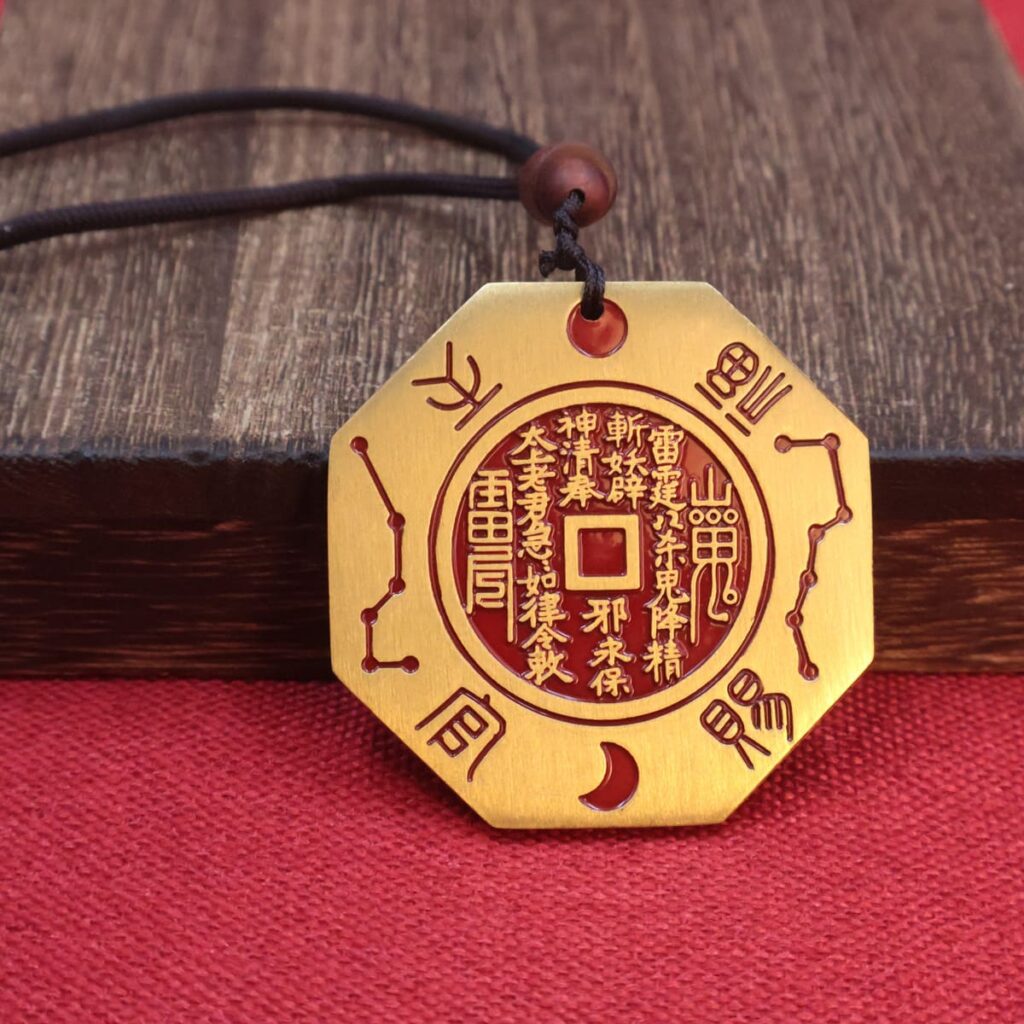
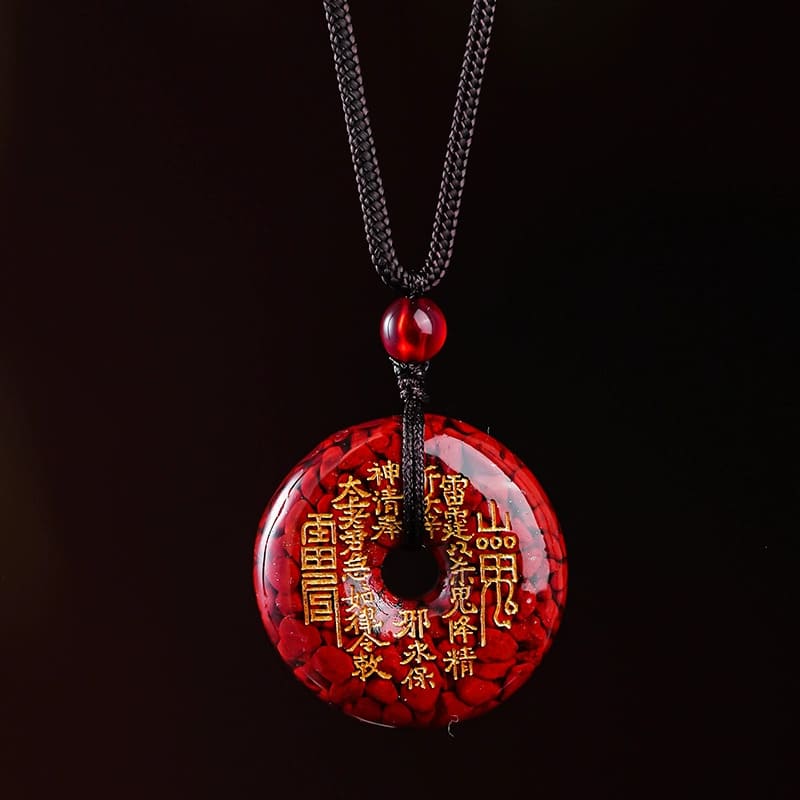
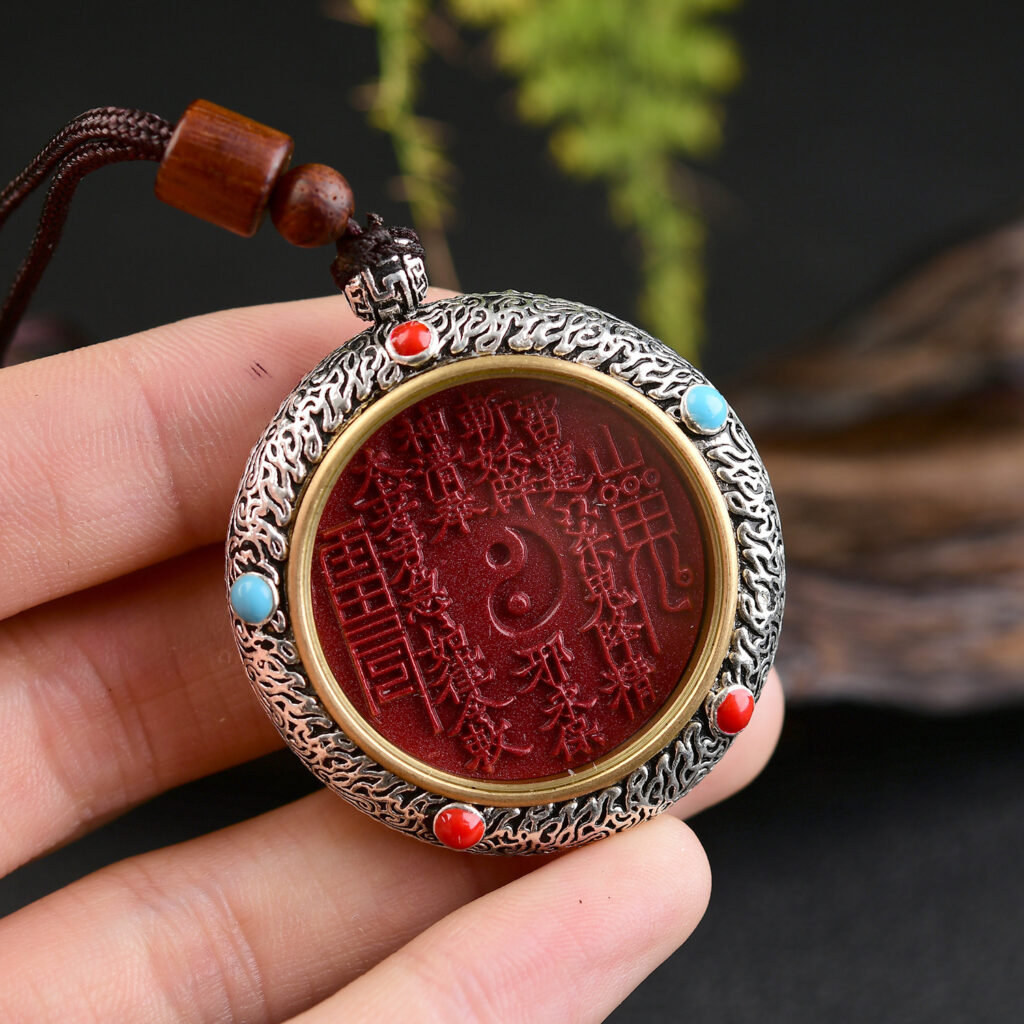
Practical Application of Nine Palaces Flying Stars
In practice, feng shui masters apply the theory of Nine Palaces Flying Stars to adjust the layout of buildings, the usage of rooms, and the placement of furniture. For example, if the Five Yellow, Misfortune Star flies into a particular direction in a given year, and this star is associated with disasters, the feng shui master might suggest placing items to counteract its negative effects, such as a ShanGui Coin, in that direction.
At this point, I believe you are a reader interested in feng shui. I hope that, with my assistance, your life will flow smoothly and prosper!
What should we do?

Yi Knows
We believe that accessories are more than just adornments—they are powerful tools that can transform your life. Our mission is to bring the ancient wisdom of Chinese Feng Shui and energy healing into your daily life through thoughtfully crafted items.
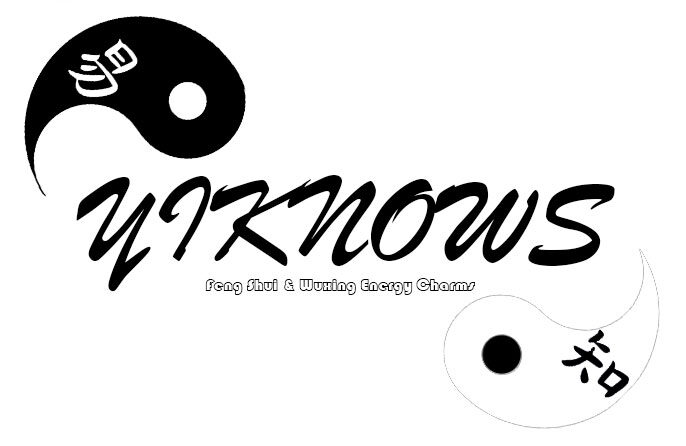

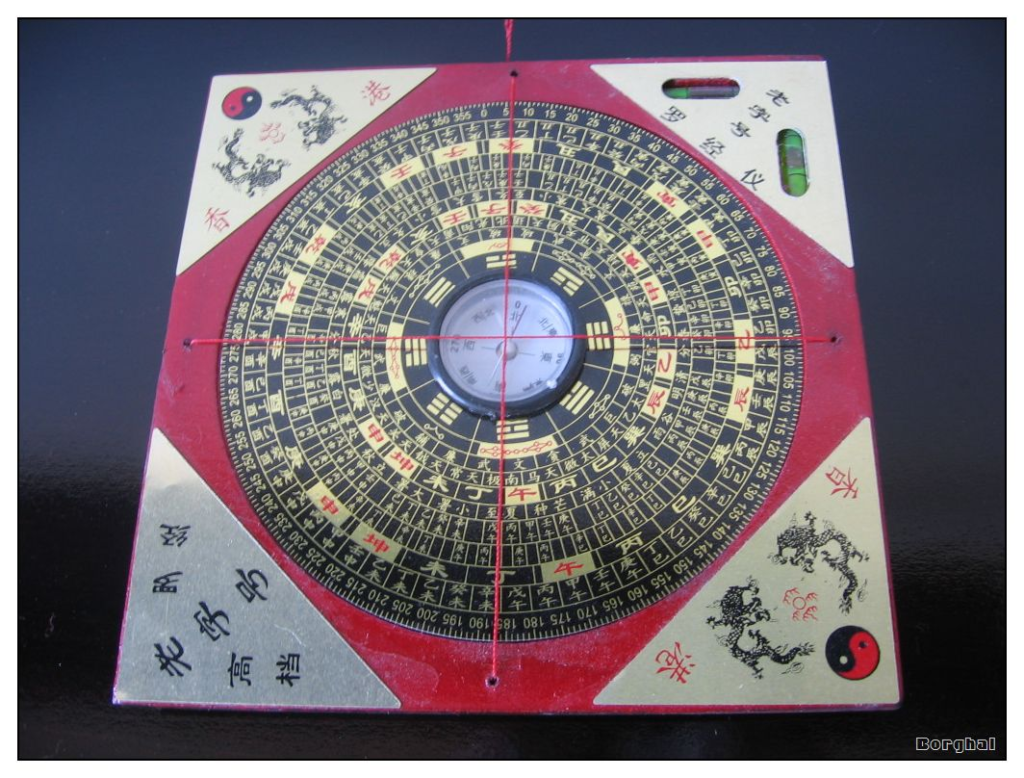


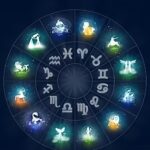


[…] by inauspicious stars, making it crucial to apply the right remedies. As mentioned in my previous blog post, these negative stars can lead to various problems. For a more detailed analysis, please refer […]